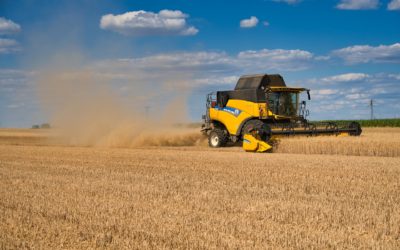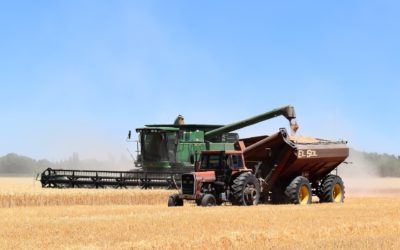With harvest underway in Alberta, a reminder that a step to marketing is knowing the product that you have to offer. Neil Blue, provincial crop market analyst with Alberta Agriculture and Forestry, looks at the importance of harvest crop samples.
“Producers should be taking samples of each load as the crop is placed into storage to create a representative sample for each bin,” explains Blue. “The goal is to have a sample that has the same characteristics as the large volume of product that it represents. Producers will then have a sample that can be used to shop around with various potential buyers.”
The samples should be stored in a sealed contained to identify the source bin. “This container should keep out rodents and insects and preserve representative moisture content to maintain sample integrity. Some grain companies provide zip lock bags just for this purpose, which in turn, could be kept in a larger sealed container,” adds Blue.
The Canadian Grain Commission offers its Harvest Sample Program. Says Blue, “It gives producers a free, unofficial grade on several samples from the current year’s crop. Producers can submit samples of newly harvested crop prior to November and obtain base grade information for their marketing at no charge. This program also helps the Canadian Grain Commission, the Canadian International Grains Institute, and grain buyers to better know, in a general way, the quality of the crop.”
Producers can learn more and sign up for the Harvest Sample Program online, over the phone, or email. The Commission sends participating producers a personalized kit, including postage-paid envelopes for the samples. Upon grading of the submitted samples, grade results are retrievable via phone, e-mail or through the CGC internet site. These results include:
-
- Unofficial grade for each sample submitted.
- Dockage assessment, oil, protein, and chlorophyll content for canola.
- Oil, protein, and iodine values for flaxseed.
- Oil and protein levels for mustard seed and soybeans.
- Protein content on barley, beans, chick peas, lentils, oats, peas, and wheat.
- Deoxynivalenol (DON) content and Falling Number for wheat.
Source: Alberta Agriculture and Forestry




